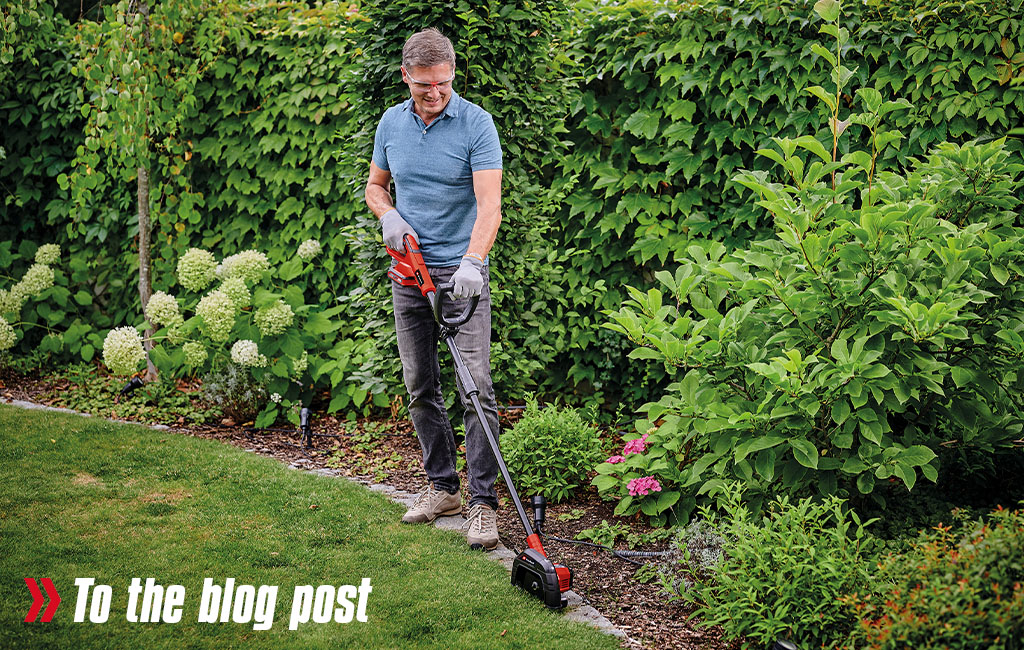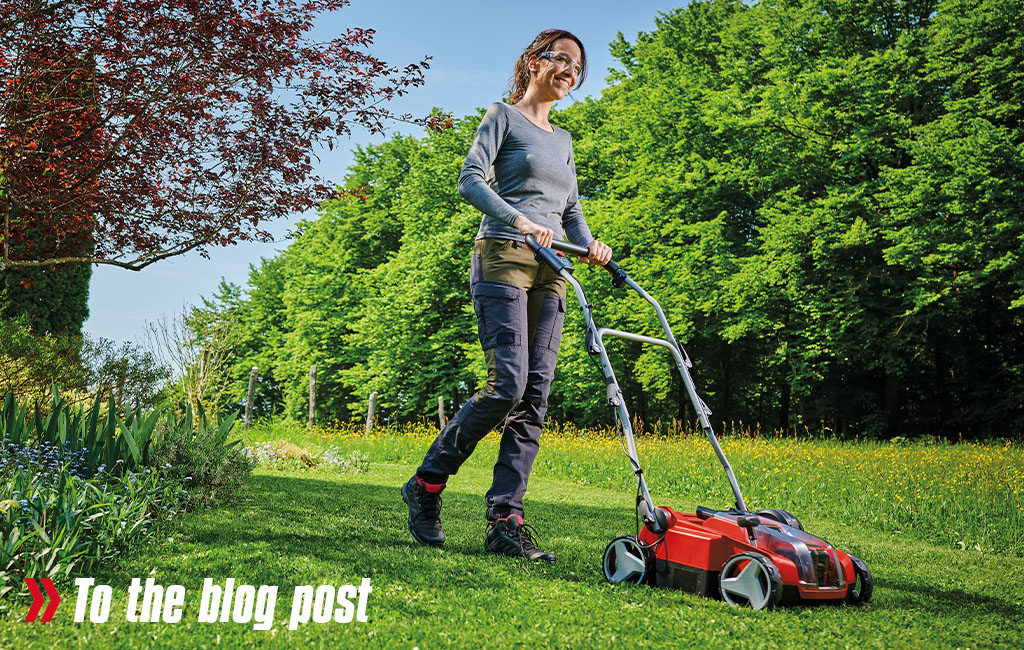How do I prepare my garden for winter?
Winter is just around the corner, and while nature is preparing for a well-deserved rest, there is still plenty to do for hobby gardeners. To ensure that your garden blooms again after the cold months, it is especially important to winterize it early. From protecting sensitive plants to emptying water containers and pipes, well-planned winter preparation can not only prevent damage but also make the start of the new gardening season significantly easier.
In this article, you will learn step by step how to best prepare your garden for the cold season and what to pay special attention to.
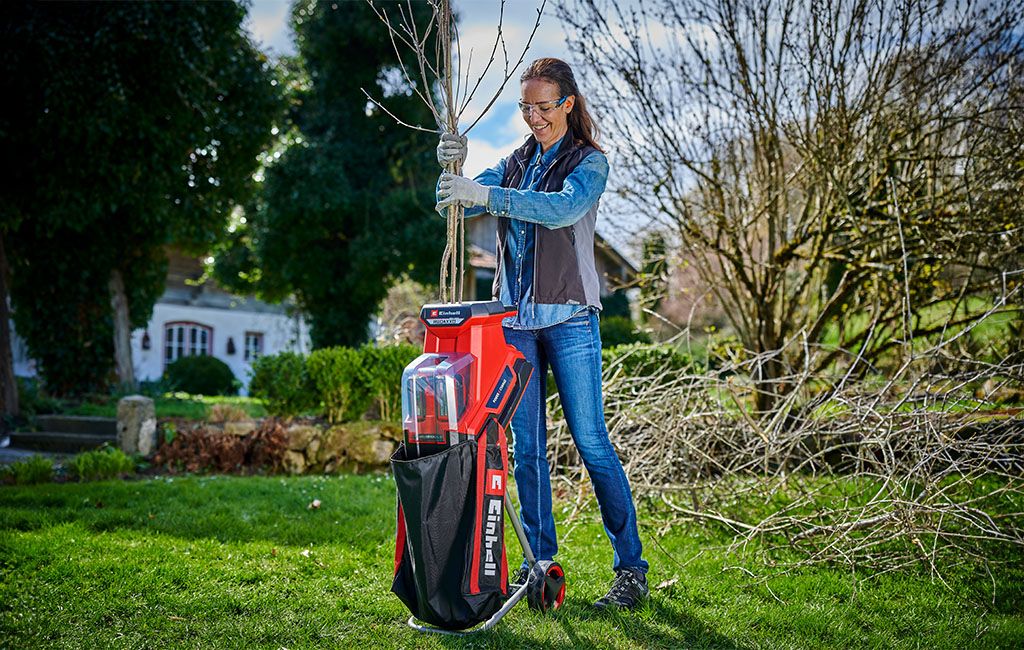
When is the right time?
The ideal time to winterize your garden largely depends on the weather conditions in your region. Generally, preparations should begin before the first frost, which can occur as early as mid-October. By October, the growing season is over in most parts of Germany, and plants begin to shift their metabolism to winter dormancy. Sensitive plants, such as Mediterranean potted plants, in particular, should be protected or moved to their winter quarters in good time.

Also, pay attention to local weather reports and use your experience to choose the optimal time. Starting preparations early not only helps protect your plants from cold damage but also makes gardening easier next spring.
Protecting plants
Protecting your plants is one of the most important steps in winterizing your garden. Sensitive plants, in particular, require extra protection before the cold winter months to survive the frosty period unharmed and emerge healthy and strong in the new year.
Hardy & Perennial Plants
For perennials and other hardy plants, it is advisable to apply an insulating layer of leaves, mulch, or brushwood. This natural cover protects the roots from frost and prevents the soil from becoming too compacted due to winter rain and snow. The layer acts like a blanket, keeping the soil warm and supporting soil life during the cold months. Even hardy plants benefit from additional protection. Their roots can be damaged by severe ground frost, which is why it makes sense to cover the root area with a layer of mulch. Alternatively, you can wrap the plants with fleece or special frost protection covers. These materials protect against frost while still allowing enough light and air to pass through so that the plants don’t suffocate.
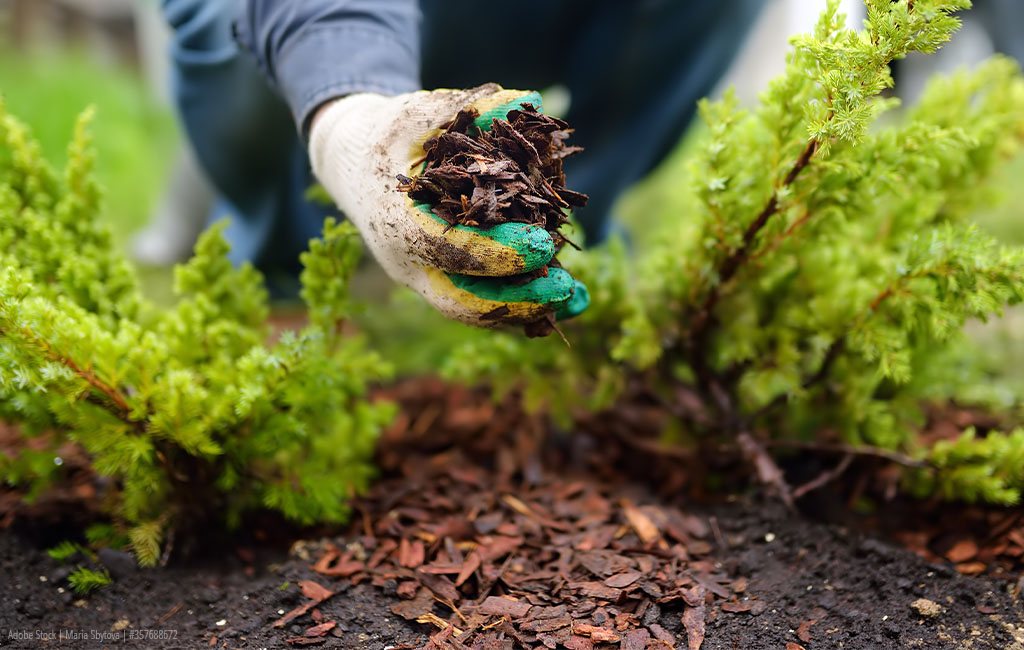
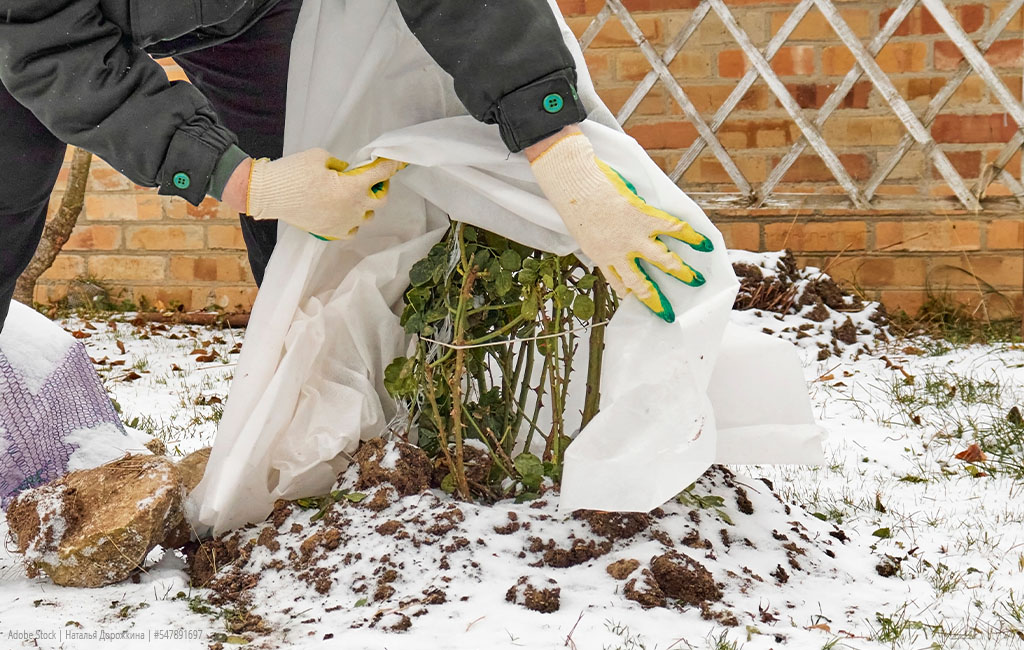
Potted Plants
Non-hardy plants, such as hibiscus or bougainvillea, should be moved to a sheltered location before the first frost, such as a frost-free greenhouse or a cool, bright room. Mediterranean and tropical potted plants often cannot tolerate temperatures below freezing. If you are unable to bring them indoors, you can alternatively wrap them in garden fleece or burlap and place them on an insulating Styrofoam board. This way, they can also survive the winter without damage.
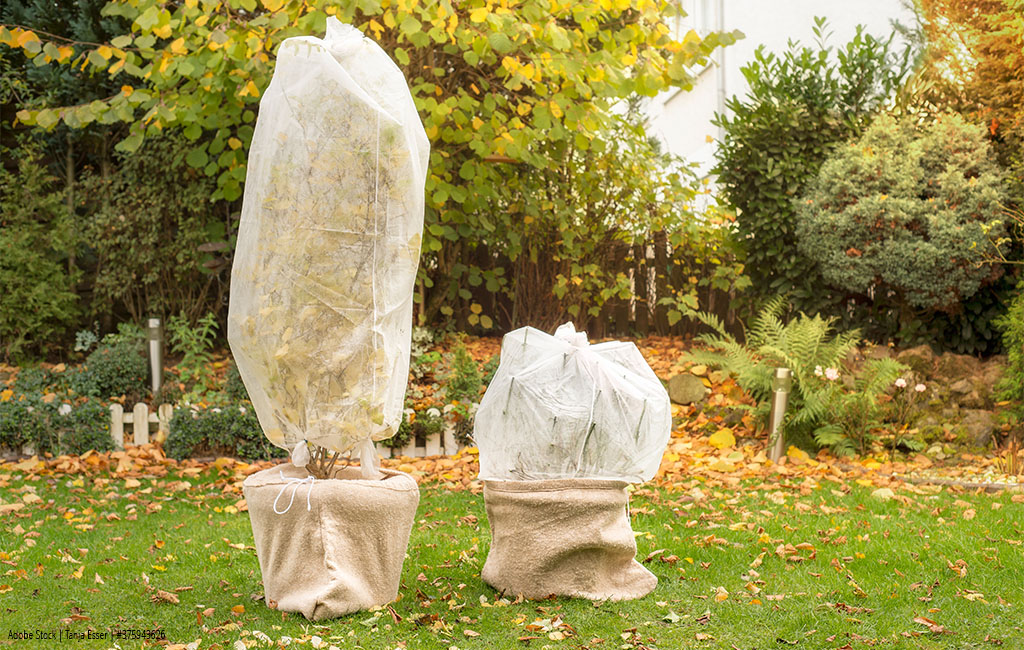
Lawn Care
Proper lawn care in autumn is essential to prepare it well for the winter months. A well-maintained lawn endures the cold season better and starts healthy in the spring. Here are the most important steps you should keep in mind:
Final Lawn Mowing
The final lawn mowing of the year should be done no later than October, before temperatures drop too much. The grass should not be cut too short—a height of about 4 to 5 cm is ideal. Cutting it too short can make the lawn more susceptible to frost damage. If autumn is unusually mild, the last mowing can be postponed until November.
Removing Leaves
It is important to regularly remove fallen leaves from the lawn. If leaves remain on the grass throughout the winter, they can cause the lawn to suffocate, leading to yellow, unhealthy patches. Especially on damp days, the leaves become heavy and block light and air. You can use a standard rake for removal or clear them away with a leaf blower or leaf vacuum.
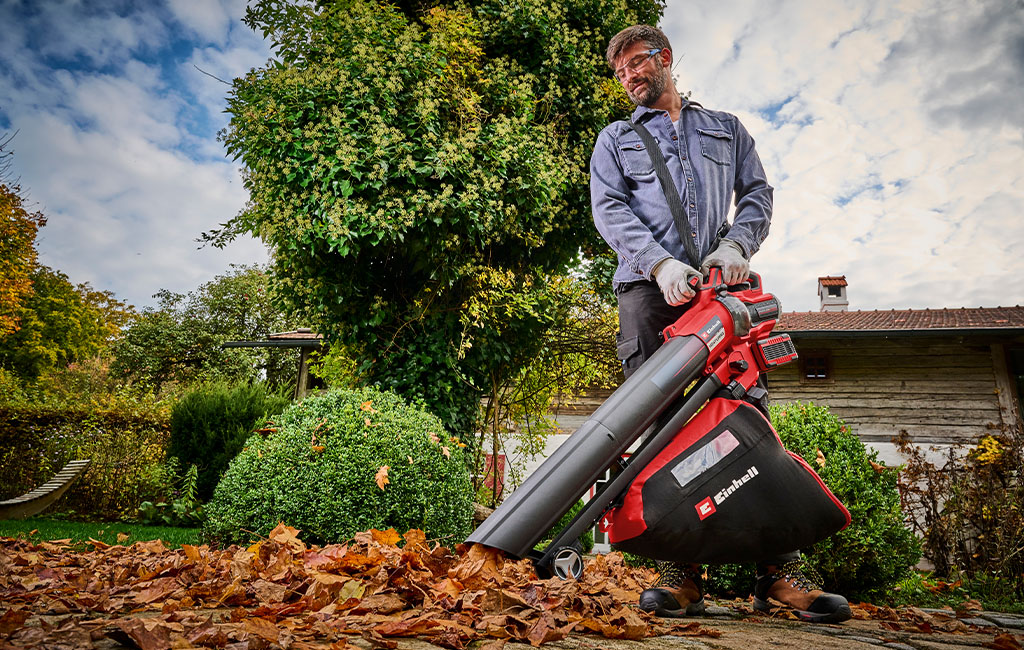
Autumn Fertilization
An autumn fertilization with a special potassium-based fertilizer strengthens the lawn for the cold season. Potassium ensures that the cell structure of the grass plants becomes more resistant to frost. However, avoid nitrogen-based fertilizers, as they promote growth and make the lawn more susceptible to frost damage. With our Einhell GE-SR 18/22 Li cordless spreader, the fertilizer can be distributed quickly, easily, and evenly across the lawn.
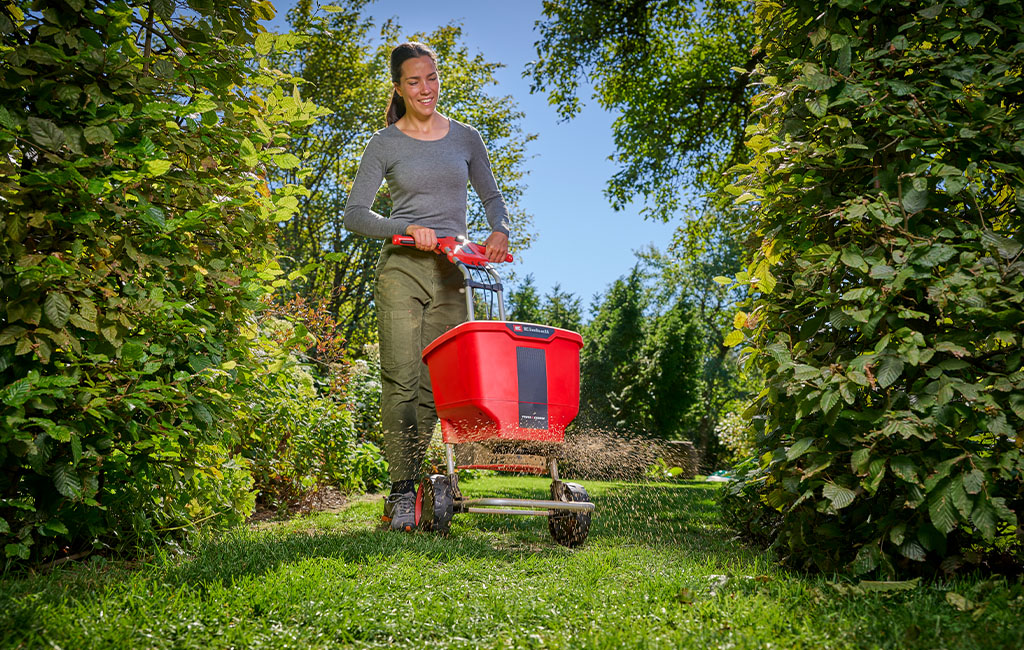
Maintaining Lawn Edges
In addition to mowing the lawn, you can trim the edges in autumn. This prevents the lawn from growing uncontrollably into adjacent beds and creates a well-kept appearance. We’ve explained in detail how to trim lawn edges in our blog. Aerating the lawn – by puncturing holes to allow air into the soil – can also help provide oxygen to the roots and prevent waterlogging. You can find more information on lawn aeration in our blog.
Pruning Trees & Shrubs
Autumn is the ideal time to prune trees and shrubs in your garden. Once the leaves have fallen, the plants enter their dormant phase, making them less susceptible to diseases and pests. Pruning not only ensures that the plants sprout more vigorously in the spring, but also helps prevent pest infestations and frost damage.
Lime washing Fruit Trees
In addition to pruning, it is especially beneficial to apply a lime wash to fruit trees. This prevents moss from forming on the trunk and protects the bark from the winter sun. In winter, direct sunlight can cause the bark to heat up, leading to cracks. The lime wash reflects sunlight, helping to keep the temperature more stable. How to properly care for and prune your fruit trees is explained in detail in our blog.
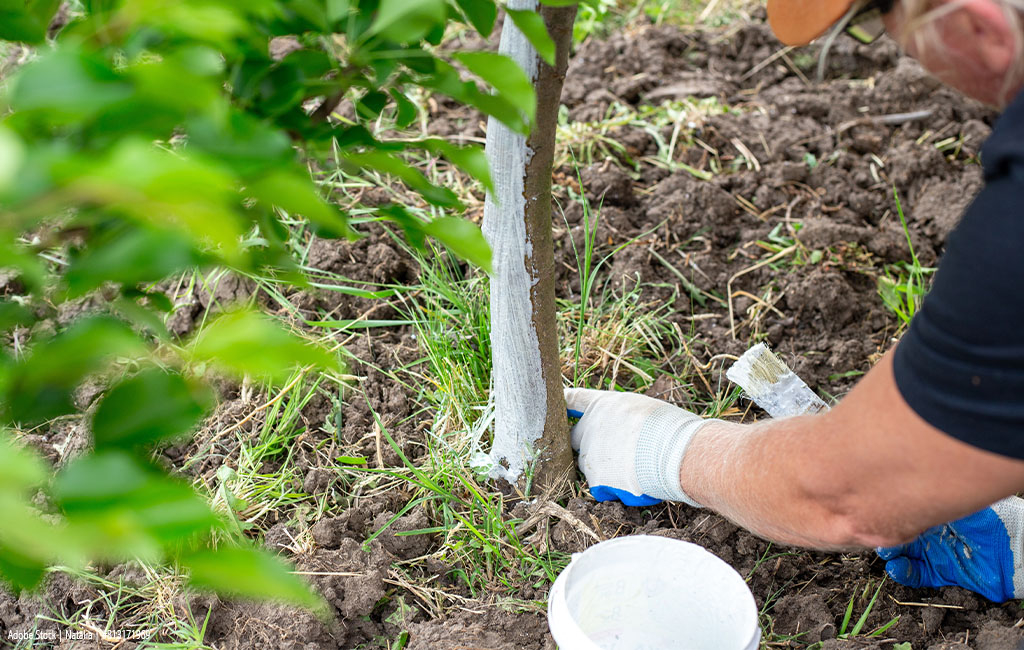
Caring for Shrubs & Hedges
You should also trim shrubs and hedges in autumn before the frost sets in. Pruning encourages compact and healthy growth in the following spring. Be sure to remove old and dead branches, as they are prone to fungal infections and offer less resistance to frost. Tips and tricks for trimming hedges can also be found in our blog.
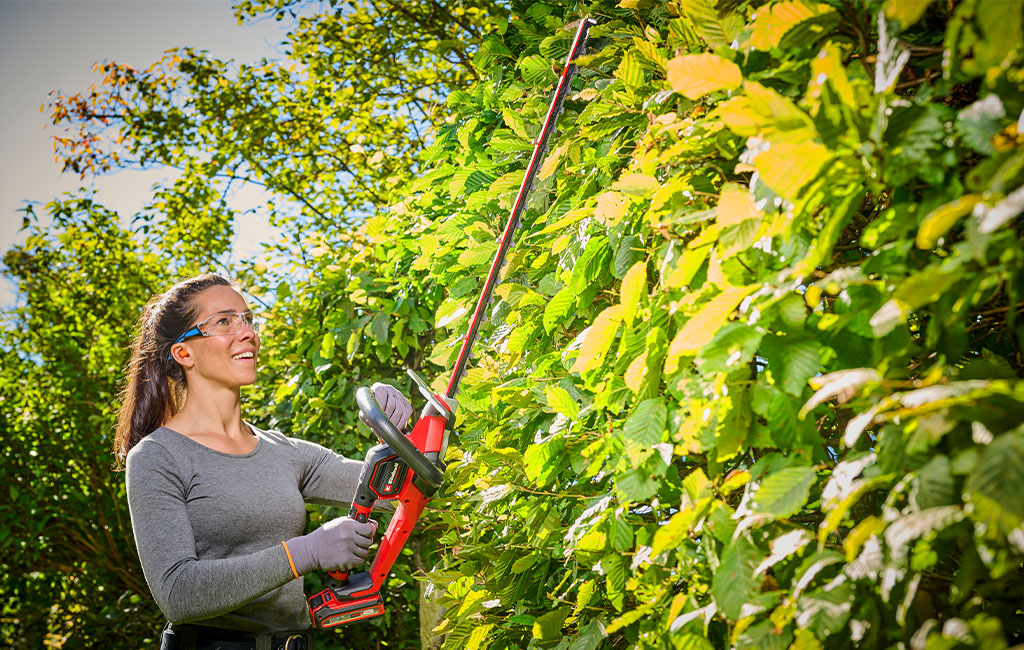
Preparing Water Containers, Pipes & Irrigation Systems
An important step in winterizing your garden is preparing your water pipes, rain barrels, and irrigation systems for the winter. Emptying the water containers protects them from frost damage and ensures they are ready for use again in the spring.
Draining Pipes & Irrigation Systems
All irrigation systems should be completely drained before the first frost. If water collects in hoses, pumps, or rain barrels and freezes, it can cause serious damage. Frozen water expands and can potentially burst pipes. Disconnect hoses from their fittings and hang them up so the remaining water can drain out. If you have automatic irrigation systems, such as our Einhell automatic cordless garden pump AQUINNA 36/38 F LED AUTOMATIC, it is important to drain them and turn off the water supply. Other garden pumps should also be emptied and stored in a frost-free location. You can find everything you need to know in our blog on winterizing garden pumps.
Securing Rain Barrels
Additionally, empty rain barrels before the water inside freezes. Ice chunks can damage the barrels or even cause cracks. An Einhell cordless clear water pump can help with this task. If possible, store your empty barrel in a sheltered area or cover it to protect it from the elements.
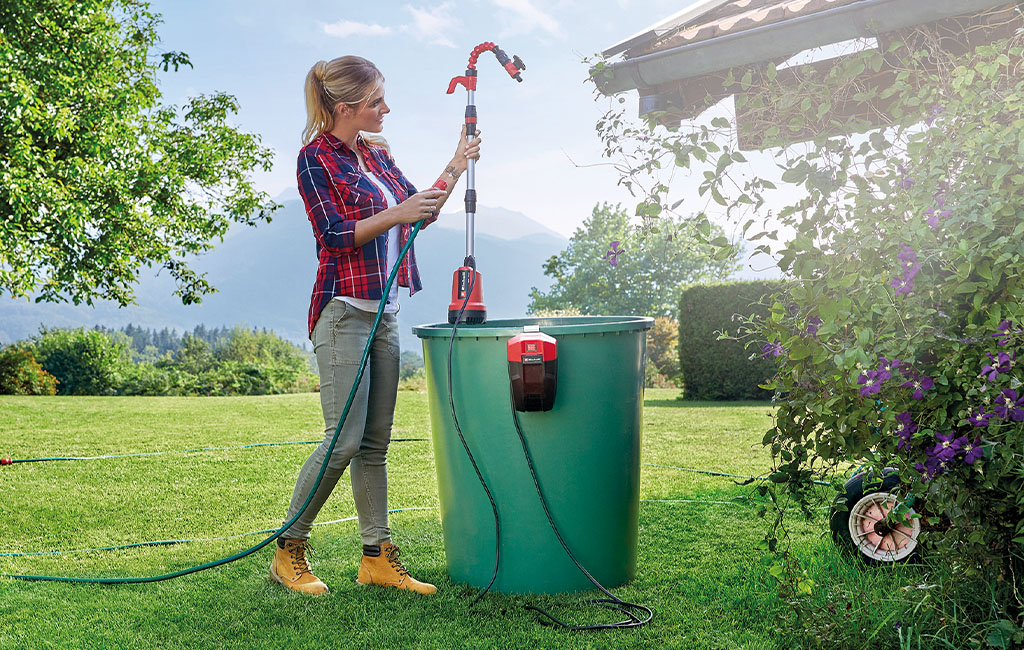
Animal-Friendly Garden in Winter
In winter, your garden can become an important refuge for many animals. Especially during the cold months, animals like hedgehogs, birds, and insects rely on shelter and food to survive. With a few simple measures, you can turn your garden into a wildlife-friendly winter haven and help support local wildlife.
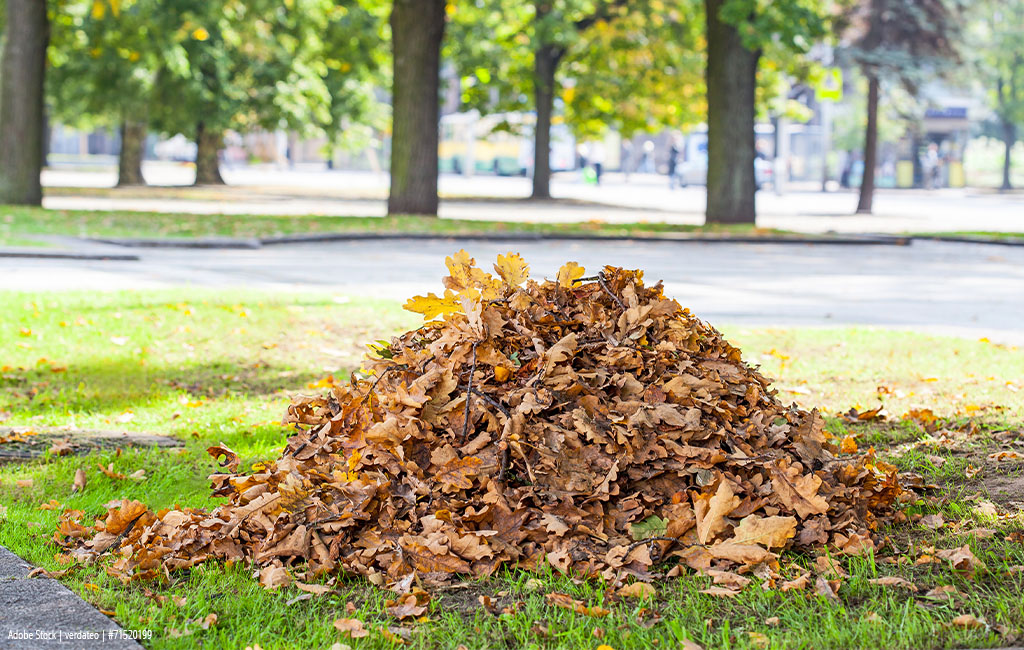
Creating Shelters for Animals
A pile of leaves, brushwood, or branches provides hedgehogs and other small animals, such as insects, with an ideal winter shelter. These natural hideaways protect animals from the cold and predators. Be sure to create leaf piles in a quiet corner of the garden and avoid disturbing them throughout the winter. This way, you offer hedgehogs a suitable spot for hibernation.
Setting Up Bird Feeders
During winter, it becomes more difficult for birds to find enough food. You can support them by setting up bird feeders and regularly providing suitable food such as seeds, sunflower seeds, or fat balls. Make sure to place the feeder in a sheltered spot that is difficult for cats to reach. This not only helps the birds through the winter but also allows you to enjoy watching their activity in your garden.
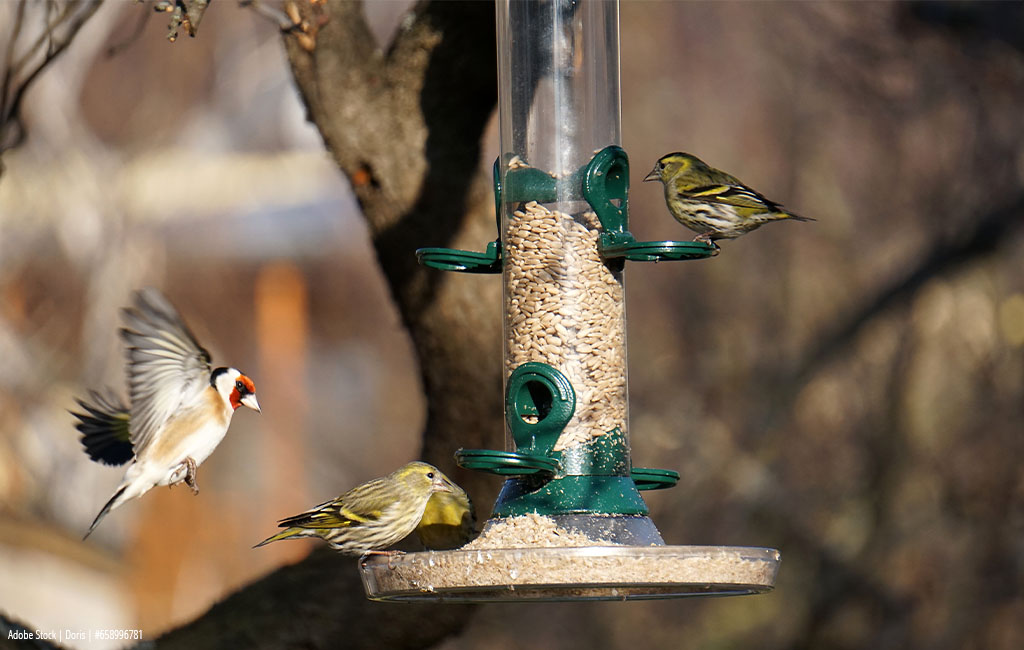
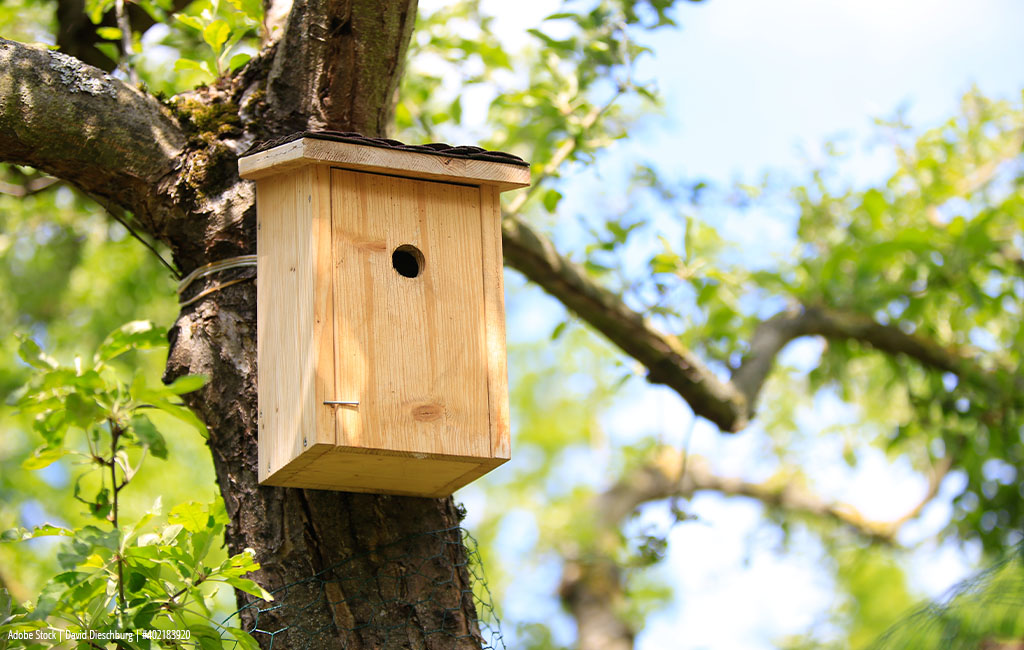
Birdhouses and Insect Hotels
Birdhouses installed in autumn not only provide nesting spots for birds in spring but also serve as protective sleeping places for many bird species during winter. Insect hotels placed in sheltered corners of the garden help bees, butterflies, and other beneficial insects survive the cold months.





